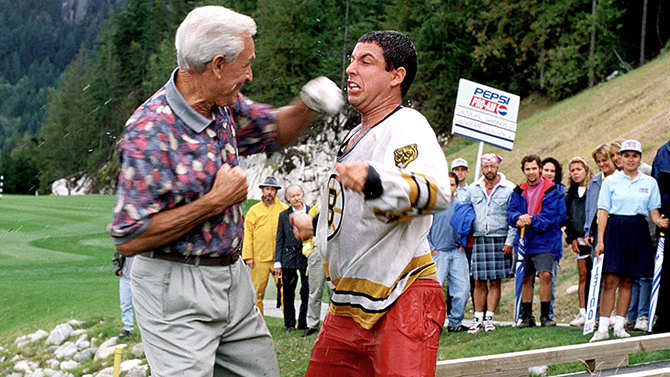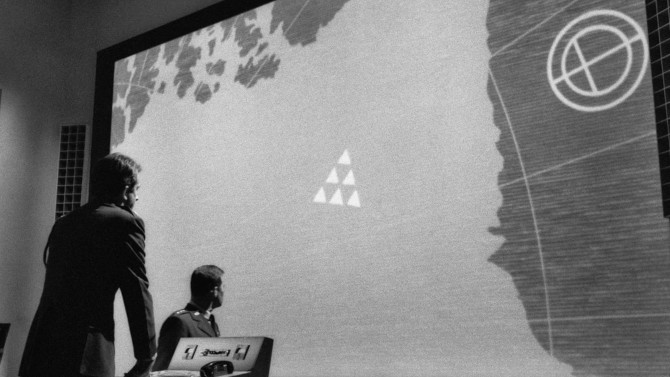
Safety First
Like a severe and utterly serious version of Stanley Kubrick’s 1964 satirical dark comedy Dr. Strangelove or: How I Learned to Stop Worrying and Love the Bomb, you would think that Fail Safe would have been the original release in theatres that was then later spoofed, yet that is not the case. Released approximately six months later in the same year, as you might imagine, it led to very poor returns at the box office – dare I say it (as the film deals with this subject matter)... it was a bomb! Despite that, over time, it has become a bonafide classic. Based upon Eugene Burdick’s 1962 novel of the same name and directed by Sidney Lumet (Dog Day Afternoon), he introduces us to our main players by way of little vignettes.
-
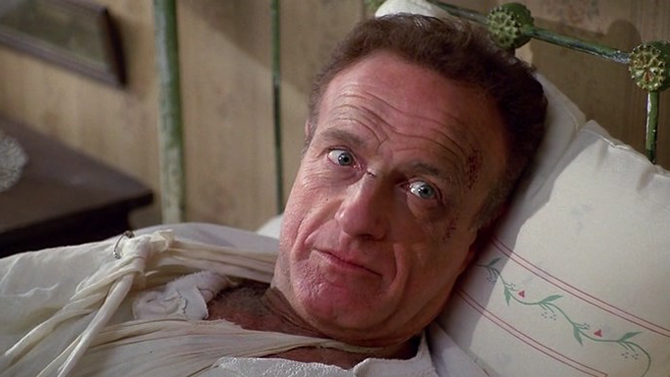
‘Misery’ Anything But for Film Audiences
MiseryFebruary 17, 2014After looking at an Academy Award winning picture in Casablanca and a best actor in a leading role in Philip Seymour Hoffman in Capote, it is time to look at a female lead that has taken home the big prize. This will also be the first movie that I have looked at that is an adaptation of one of horror maestro Stephen King’s novels. As those of you who watch a lot of movies will know, Stephen King’s creations usually turn out one of two ways on film – an absolute train wreck or an entertaining and very strong effort; this movie falls into the latter category. By this point, some of you may have already figured out that I am reviewing the 1990 dramatic thriller Misery.
-
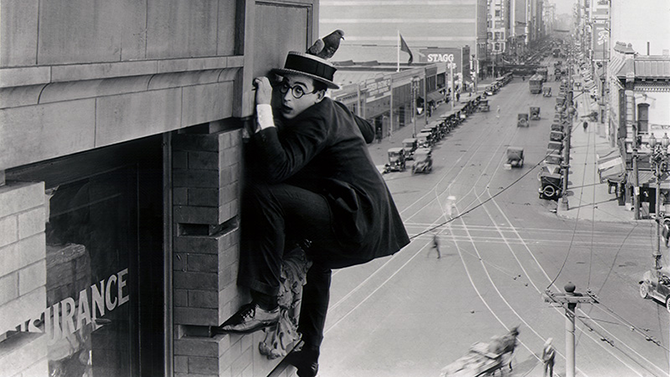
Safety Last! Talent First
Safety Last!January 14, 2014This week I’m bringing us back ninety-one years to 1923. The silent era was dominated by a few comic juggernauts. Even to this day, the names of Charlie Chaplin and Buster Keaton are synonymous with their great silent films featuring brilliant physical comedy. One name that has almost been lost to time though is Harold Lloyd, who completed the triumvirate of powerhouse comedians in the 1920's.
-
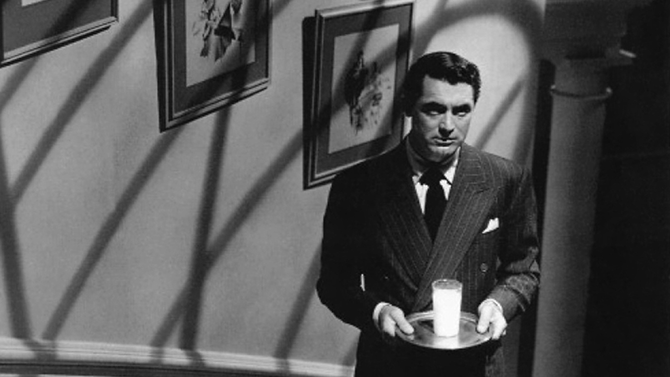
Fontaine Shined Bright
SuspicionDecember 30, 2013This is the second week in a row that I have had to begin with the sad news of another death of a film legend. Joan Fontaine, the actress who gained fame for playing threatened wives to possibly dangerous husbands in the early 1940s, passed away at the age of 96 last week.
-
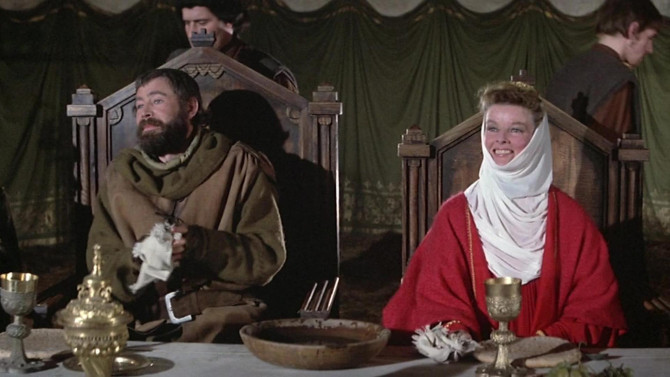
A Royal Pain
The Lion in WinterDecember 23, 2013My plan for this week was to write a review on the Christmas classic It’s A Wonderful Life, but after the passing of legendary Irish born actor Peter O’Toole, who is best known for his amazing portrayal of T.E. Lawrence in the epic Lawrence of Arabia, I thought it would be fitting to turn my gaze to another darker Christmas movie, the 1968 historical drama The Lion In Winter, directed by Anthony Harvey.
-
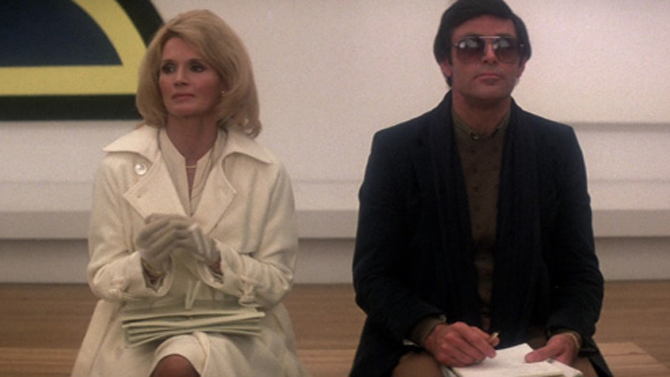
Dressed for Success
Dressed to KillOctober 2, 2013For the month of October, I will be highlighting films that fall within the horror and thriller genres. With this article, I will also be starting an extended series of reviews that will look at director Brian De Palma’s lesser known works that are a part of the mystery or thriller categories. Though best known for iconic movies like Scarface, The Untouchables, Mission Impossible and Carlito’s Way, for more than forty years De Palma has created lesser-known classic thrillers inspired by master director Alfred Hitchcock, as well as classic genres such as film noir, and then adds his own masterful spin and touches to these unique areas of cinema. Within this sub-section of De Palma’s work, his most famous film is probably the 1980 mystery thriller Dressed to Kill. It is this movie, that to his detractors, proved he was nothing but a Hitchcock rip-off artist, yet his fans were once again delighted by the man’s genius as a visually talented director that was on a higher plateau than anyone else at the time. You can probably guess that I fall within the second grouping of people.
-
Star Pick with Riley Wheeldon
 Be Happy With GilmoreHappy GilmoreAugust 28, 2013
Be Happy With GilmoreHappy GilmoreAugust 28, 2013Last Tuesday, I was lucky enough to play in the Pro-Am Golf Tournament that was part of the week long festivities of the PGA Canada Tour event known as the Great Waterways Classic which was held at Upper Canada Golf Course in Morrisburg. The weather was beautiful, the course was in excellent shape, and our group teed off with pro golfer Riley Wheeldon – who, as of today, is the top moneymaker on the Canadian Tour this year. It was a superb day full of memorable moments and it did not take too long before the conversation turned to movies. It may be no surprise but Wheeldon’s favourite film of all-time is the classic 1996 golf comedy Happy Gilmore.

